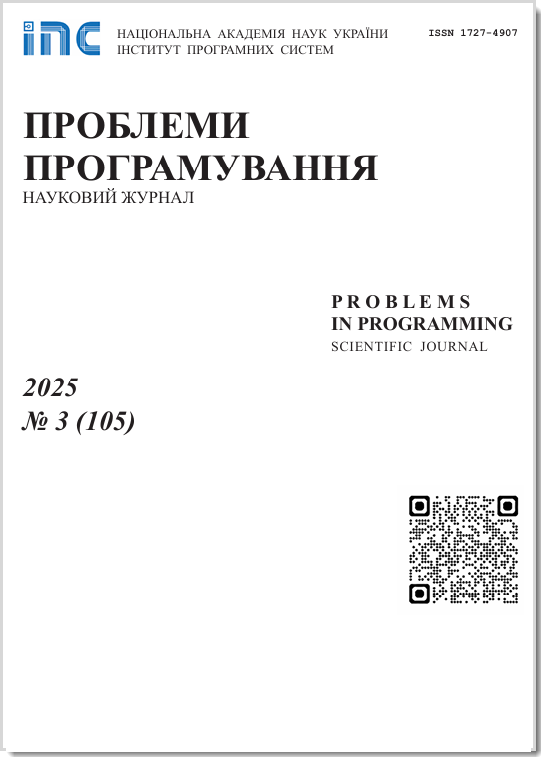Neurosymbolic approach for attack detection in satellite communication systems
Abstract
Abstract: In the context of increasing cyber threats, the pressing task becomes the implementation of new protection systems for satellite communications. The proposed article presents an innovative neurosymbolic method for attack detection that integrates the capabilities of artificial intelligence and neural networks for effective countermeasures against threats in the domain of satellite communication. The foundation of the development is the synthesis of the strengths of symbolic artificial intelligence and deep learning, enabling highly accurate recognition and neutralization of complex attacks. The architecture of the proposed system is thoroughly detailed, including its key components, mechanisms of operation, and implementation process. Analyzing data from satellite and terrestrial networks, the system's effectiveness is evaluated using machine learning methods, demonstrating significant improvements in intrusion detection compared to existing approaches. Special attention is given to the model's ability to adapt to new types of attacks, ensuring its longterm relevance and efficiency. The architecture of the chosen multilayer neural network includes a symbolic layer, designed for analyzing network input data for vulnerabilities or attacks based on a knowledge base. Experiments on datasets of attacks and vulnerabilities such as CTU-13 and STIN allow for the testing and confirmation of the high efficiency of the proposed method. Thus, this research paves the way for improving cybersecurity systems in the field of satellite communication, contributing to the creation of a mor e secure space environment.
Prombles in programming 2024; 2-3: 223-230
Keywords
Full Text:
PDF (Українська)References
Liao, H.J.; Lin, C.H.R.; Lin, Y.C.; Tung, K.Y. Intrusion detection system: A comprehensive review. J. Netw. Comput. Appl. 2013, 36, pp. 16-24. Crossref
Hussain, J.; Lalmuanawma, S.; Chhakchhuak, L. A two-stage hybrid classification technique for network intrusion detection system. Int. J. Comput. Intell. Syst. 2016, 9, pp. 863-875. Crossref
Ahmad, M. Basheri, M.J. Iqbal, A. Rahim, Performance comparison of support vectormachine, random forest, and extreme learning machine for intrusion detection. IEEE Access 6, pp. 33789-33795.(2018). Crossref
Zhong, W.; Yu, N.; Ai, C. Applying big data based deep learning system to intrusion detection. Big Data Min. Anal. 2020, 3, pp. 181-195. Crossref
"An empirical comparison of botnet detection methods" Sebastian Garcia, Martin Grill, Jan Stiborek and Alejandro Zunino. Computers and Security Journal, Elsevier. 2014. Vol 45, pp 100-123.
Li, K.; Zhou, H.; Tu, Z.; Wang, W.; Zhang, H. Distributed Network Intrusion Detection System in Satellite-Terrestrial Integrated Networks Using Federated Learning. IEEE Access 2020, 8, pp. 214852-214865.
Li, K.; Zhou, H.; Tu, Z.; Wang, W.; Zhang, H. Distributed Network Intrusion Detection System in Satellite-Terrestrial Integrated Networks Using Federated Learning. IEEE Access 2020, 8, pp. 214852-214865. Crossref
DOI: https://doi.org/10.15407/pp2024.02-03.223
Refbacks
- There are currently no refbacks.









